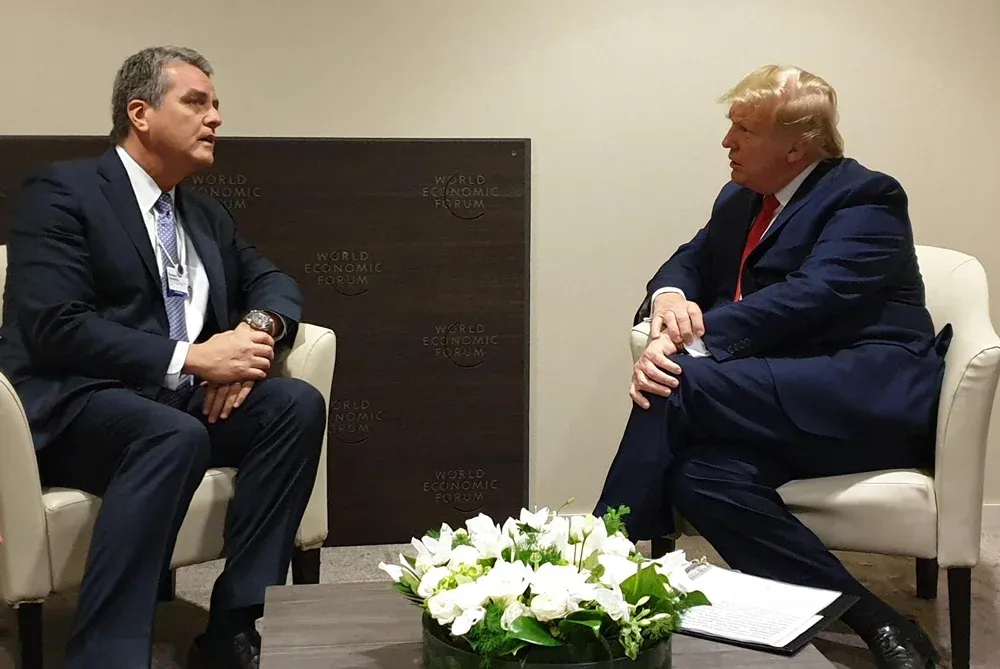
A Course Correction: Joe Biden's Approach To Trade
Susan Ariel Aaronson | "The most dramatic change from a Biden administration will be to stop relying on trade policies to solve non-trade problems."

Susan Ariel Aaronson | "The most dramatic change from a Biden administration will be to stop relying on trade policies to solve non-trade problems."